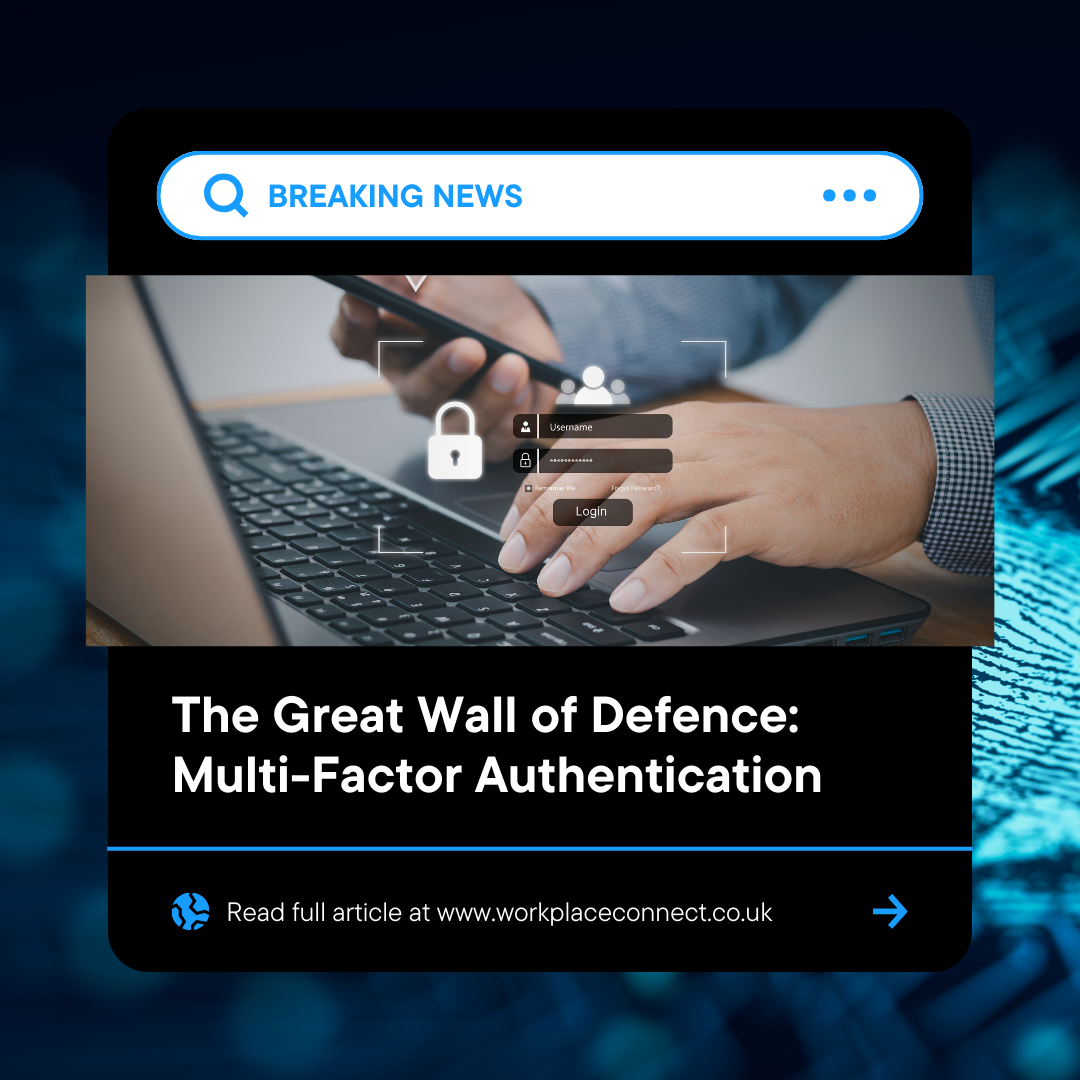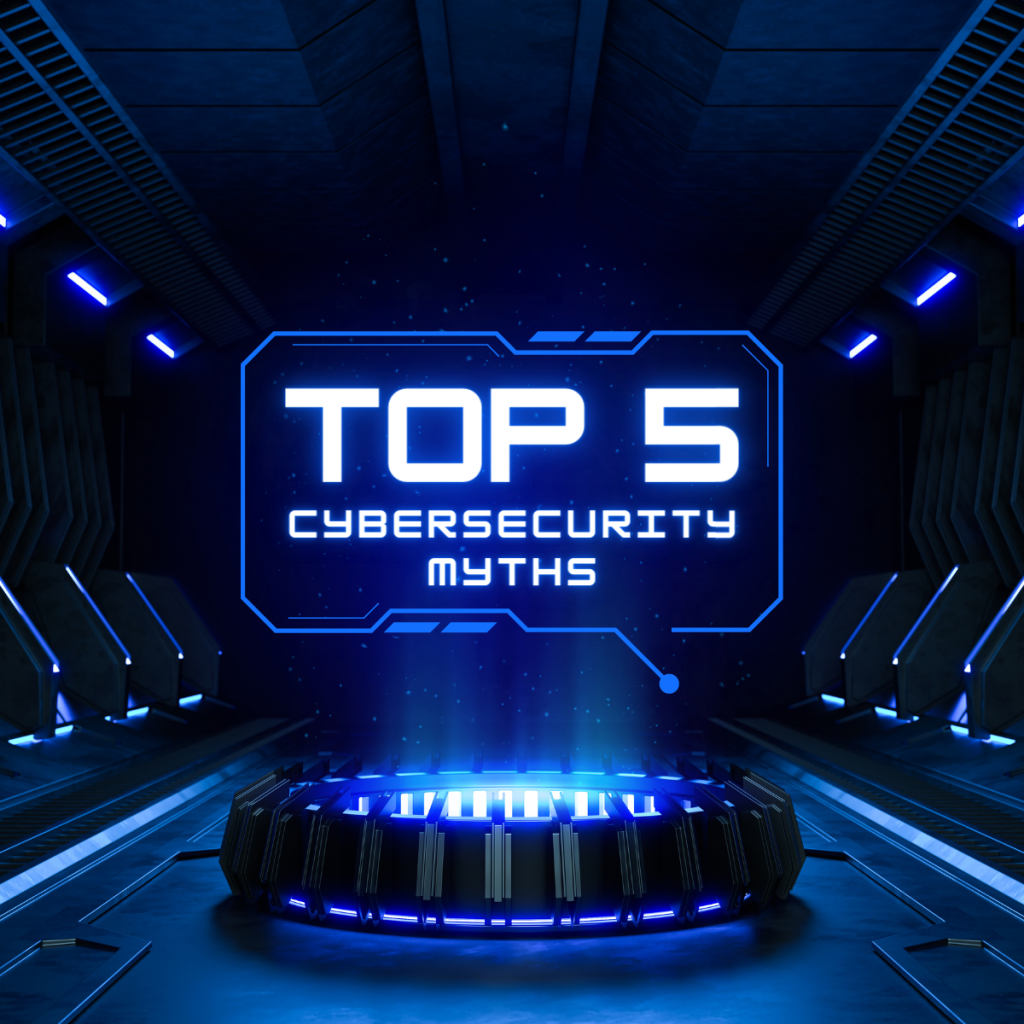Back then, a strong password was thought to be sufficient for securing data or access. But who were the people who utilised passwords? High-ranking officials, intelligence officers, system administrators, and, in rare situations, board members with high clearance. Hacks for illegal access and data breaches became more common as new technologies, services, and network expansions emerged.
Nowadays, there isn’t a single service or tool you can use via the internet that doesn’t require sign-in credentials (username and password), and if you come across one, please avoid it. Passwords got simpler to crack over time, thus programs and services began to require stronger ones to secure their users.
Regardless of how strong your password is, it will eventually be cracked. In this post, you will understand why MFA is so essential, what it can do for you (both professionally and personally), and how to use it effectively.
Phishing: The Path of Least Resistance
Hackers, often known as digital con artists, do more than just use brute force; they play a clever game of deception. They understand that the human factor is frequently the weakest link in security, and they abuse it through phishing. This isn’t about throwing a wide net with obvious bait; it’s a clever psychological game.
Picture getting an email that exactly replicates your bank’s familiar branding, replete with logos and legal warnings. It addresses you by name, possibly including recent transactions, and then prompts you to take action, such as resetting your password or updating your account. It appears ordinary, yet this is the phishing hook, laced with social engineering techniques intended to circumvent your rational defences. It feeds on trust, rush, and terror.
Phishing can even appear as an urgent plea from a coworker, a fraudulent charge notice, or even a message from your supervisor requesting immediate action. The goal is the same: to get you to hand over your credentials voluntarily. It’s the digital equivalent of a robber posing as a bank inspector to obtain access to the vault. By the time the genuine bank discovers the fraud, the thief has vanished, and your data is being auctioned off in the deep web’s shadiest markets.
Phishing assaults are successful because of their psychological subtlety, rendering even the most sophisticated password safeguards ineffective. Why smash down the door when you can be handed the keys with a smile? Not everyone is prone to falling for such traps. A seasoned systems admin or a security-savvy professional would most likely recognise the ruse. However, attackers do not choose confrontations with the well-armored; instead, they seek the simplest access point, which is frequently through an unwary end user.
This is where you enter the photo. You may believe that your solitary end-user account isn’t much of a trophy. However, it is not about the solitary account; it is about the door it unlocks. Your account provides access to possibly hundreds of contacts, sensitive corporate data, and privileged access, all of which might be used to significantly expand the scope of an attack.
The Consequences
Every boardroom debate about cybersecurity seems to resound with the same refrain: “Let’s focus on growth, not gates and guards.” This is the common chorus, where investment in operations and commercial expansion takes precedence over hardening firewalls. But think about it: what’s the point of growing your business if you leave the back door open for anyone to come in and plunder?
Let us construct a picture that is more relatable to you. You’ve invested much in research and development, marketing, and possibly even a cutting-edge CRM system. Imagine the consequences if such intellectual goldmine leaked. Your innovative product plans and painstakingly developed marketing tactics were all displayed on your competitor’s table. Worse, your employees’ and customers’ personal information becomes a commodity on the dark web. The lawsuits, the loss of trust—it’s a cascading effect that could bring down even the strongest of business reputations. And, unlike a subscription or a software license, reputation cannot be bought back with a single click.
Yes, cybersecurity technologies and frameworks require investment, and the financial commitment varies with the size of the organisation. My position has always been clear: proactive measures, such as Security Information and Event Management (SIEM) or Extended Detection and Response (XDR), are critical. However, MFA outperforms in terms of value for money. It’s not just about the cost or the simplicity of installation; it’s about strengthening your defences in an age where cyber threats are continuously changing.
By incorporating MFA, you are not simply patching a weakness; you are upgrading your security posture from reactive to proactive. Consider MFA to be the sentry that never sleeps, the guardian who keeps an eye out for human error, the ever-present wildcard in the cybersecurity deck.
MFA: The front line against attackers
MFA arrives as a game changer for attackers. But, what is it?
Multi-Factor Authentication (MFA) is essentially a security technique that requires more than one piece of proof to authenticate a user. Unlike static passwords, MFA incorporates dynamic layers of authentication, dramatically lowering the risk of unwanted access.
After you input your user credentials (your username and password), the service you’re attempting to access—whether it’s your email, SharePoint, a web application, or almost anything on the internet—will ask you for a second form of authentication. This is when the different MFA approaches come into play.
- SMS-based Verification: A simple approach in which the provider sends a 6-digit code to your cell phone via SMS, which you have to enter before proceeding.
- Voice Call Verification: Instead of a text message, you receive a phone call in which an automated voice reads you the code required for access.
- Authenticator programs: These programs, such as Google Authenticator or Microsoft Authenticator, generate time-sensitive codes that alter every 30-60 seconds, creating a formidable barrier for potential attackers.
- Push Notifications: A push notification is delivered to your phone via an authenticating app. To authenticate, simply press ‘Approve’ on the notice, which streamlines the procedure.
- Smartphone Biometrics: Many MFA systems work with your phone’s biometric sensors, which require a fingerprint or facial recognition scan to prove your identity.
- FIDO Keys: For those seeking even more protection, FIDO keys include a physical token that must be present upon login. They can connect to your phone or device by USB, NFC, or Bluetooth and are often activated with a simple touch.
The beauty of these codes, particularly those created by authenticator applications, is their ephemerality—they change every minute or so, making it extremely difficult for attackers to exploit them even if they are intercepted.
What is crucial to understand is that the layers of MFA are what gives it power. It establishes a two -actor shield by requiring something you know (like a password) and anything you have (like your phone or a FIDO key), effectively securing your digital presence.
For example, suppose an attacker has learned your password. Without MFA, they are just one step away from gaining access to your account. However, with MFA enabled, companies face a huge challenge: they would require your phone to receive the SMS, your physical presence for the biometric scan, or your FIDO key to proceed. This extra step is simple for you but difficult for hackers to avoid, providing your data with a strong layer of safety.
Conclusion
In today’s digital age, multi-factor authentication (MFA) is a key defence not just for securing business assets but also for our own online identities. While some organisations may be hesitant to deploy MFA for fear of causing user pain, this minor change pales in comparison to the powerful protection it provides. Employees and end users should be educated on the benefits of MFA, not just in their professional spheres, but also throughout their digital footprint. By incorporating security into the user experience, MFA becomes less of a barrier and more of a smooth phase in the digital routine, which consumers will value for its security benefits.
The truth of cybersecurity nowadays is that proactive defence through measures such as MFA is significantly less expensive than recovering from a security compromise. Companies must compare the minimal investment in MFA against the high costs of data loss, legal liabilities, and trust erosion. In this light, implementing MFA is a strategic move that combines economic restraint with a commitment to a safe, resilient future. By promoting MFA, enterprises not only safeguard themselves, but also contribute to the larger goal of creating a safer digital ecosystem for all.







